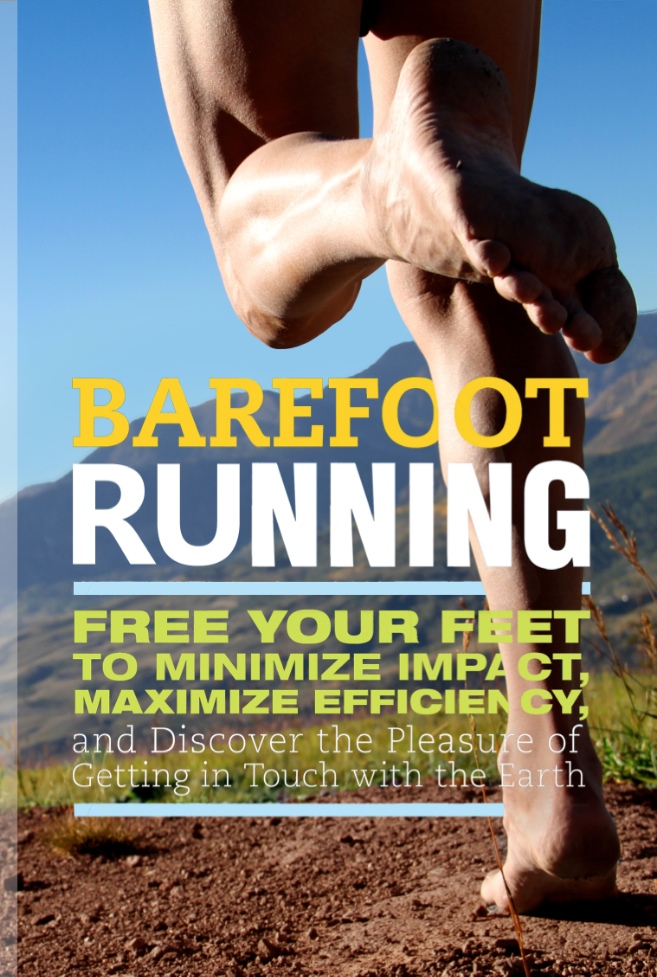
Image courtesy of iStockphoto/Maridav
If getting some exercise is good for you and getting lots is even better, thenhours upon hours of intense exercise must be best, right? Perhaps not.
Many people feel obligated to hit the gym or the trail every now and then to help keep off the extra pounds. But people who run ultra marathons (usually 50 kilometers or more), ride in long-distance bicycle races, compete in
Ironman triathlons or even just train for consecutive
marathons are not usually doing it just to stay trim. Nevertheless, long-term health benefits (stress injuries aside) of so much exercise are usually presumed to be a bonus.
A new study, published online June 4 in
Mayo Clinic Proceedings, suggests, however, that this “excessive endurance exercise” might actually be putting people at risk for permanent heart damage and
possibly lethal cardiovascular events.
“A routine of daily physical activity can be highly effective for prevention and treatment of many diseases, including coronary heart disease, hypertension, heart failure and obesity,” James O’Keefe, of the Mid-America Heart Institute of Saint Luke’s Hospital of Kansas City and co-author of the study, said in a prepared statement. But after reviewing the literature on extreme-endurance event participants, he and his colleagues found evidence that over time this type of training might be changing people’s hearts—and not for the better.
The researchers found that many of these athletes had temporarily elevated levels of substances that promote
inflammation and cardiac damage. One study found that as many as half of runners in the midst of, or who have just finished, a marathon show these spikes, which can last for days after an event. And over time and with repeated exposure, these compounds can lead to scarring of the heart and its main arteries as well as to enlarged ventricles—all of which can in turn lead to dangerous irregular heart beats (
arrhythmia) and possibly sudden cardiac death.
“Physical exercise, though not a drug, possesses many traits of a powerful pharmacologic agent,” O’Keefe said. “As with any pharmacologic agent, a safe upper dose limit potentially exists, beyond which the adverse effects of physical exercise, such as musculoskeletal trauma and cardiovascular stress, may outweigh its benefits.”
Earlier this year ultra runner Micah True, also known as Caballo Blanco, made famous by Christopher McDougall’s book
Born to Run (Knopf, 2009) for running with the Tarahumara tribes in Mexico, died at the age of 58 while on a relatively short trail run. The medical report concluded that he had a scarred, enlarged heart and likely died from arrhythmia.
But plenty of people who do not train with the Tarahumara might be at risk. Some 500,000 people finished at least one marathon in the U.S. in 2010, and some 70,000 people run ultra marathons around the world each year. Screening for factors to find people who might be at a particular risk so far is unproven and would likely be expensive. So the researchers suggest that athletes dial back intense exercise to about an hour per day (sessions can be longer if exercise is less rigorous) or at least have regular visits with their doctors to check up on their heart health.
An analysis published May 30 in PLoS ONE also highlights potential downsides of exercise for some people. Claude Bouchard of the Human Genomics Laboratory at the Pennington Biomedical Research Center in Baton Rouge Louisiana, and his colleagues report that in many exercise studies, moderate to intense exercise elevated one or more indicators of risk for cardiac disease or diabetes in a subset (about 10 percent) of the population in the analysis. The authors did not follow the subjects to see if these people were actually more likely to have poor health outcomes, however. And for the rest of the subjects, most of them saw improvements in these risk factors. <so, 10% of the population have issues with exercise, but no one followed those people to judge if those issues were detrimental...?>
But the new findings do not negate the benefits of regular exercise for most people. It adds an average of seven extra years of life expectancy, and it also increases the likelihood that people will spend more of those years relatively trim and in good health. “Exercise is one of the most important things you need to do on a daily basis,” O’Keefe said. But, he noted, “extreme exercise is not really conductive to great cardiovascular health. Beyond 30 to 60 minutes per day, you reach a point of diminishing returns.”
Indeed, a long-term study of 52,000 runners found that those who ran one to 20 miles a week spaced out over two to five days and at an 8.5- to 10-minute mile <pace?> lived longest.
Indeed, these days, the best bang for your buck seems to be a daily short session—just 20 minutes or so—of intense, interval-based exercise, such as repeated bursts of intense running, biking, swimming or strength training with short recovery periods in between. And, hey, that’ll also leave you with a heck of lot more free time than a daily 20-mile training run. <the interval-based - as in crossfit>













 Share
Share Email
Email Print
Print